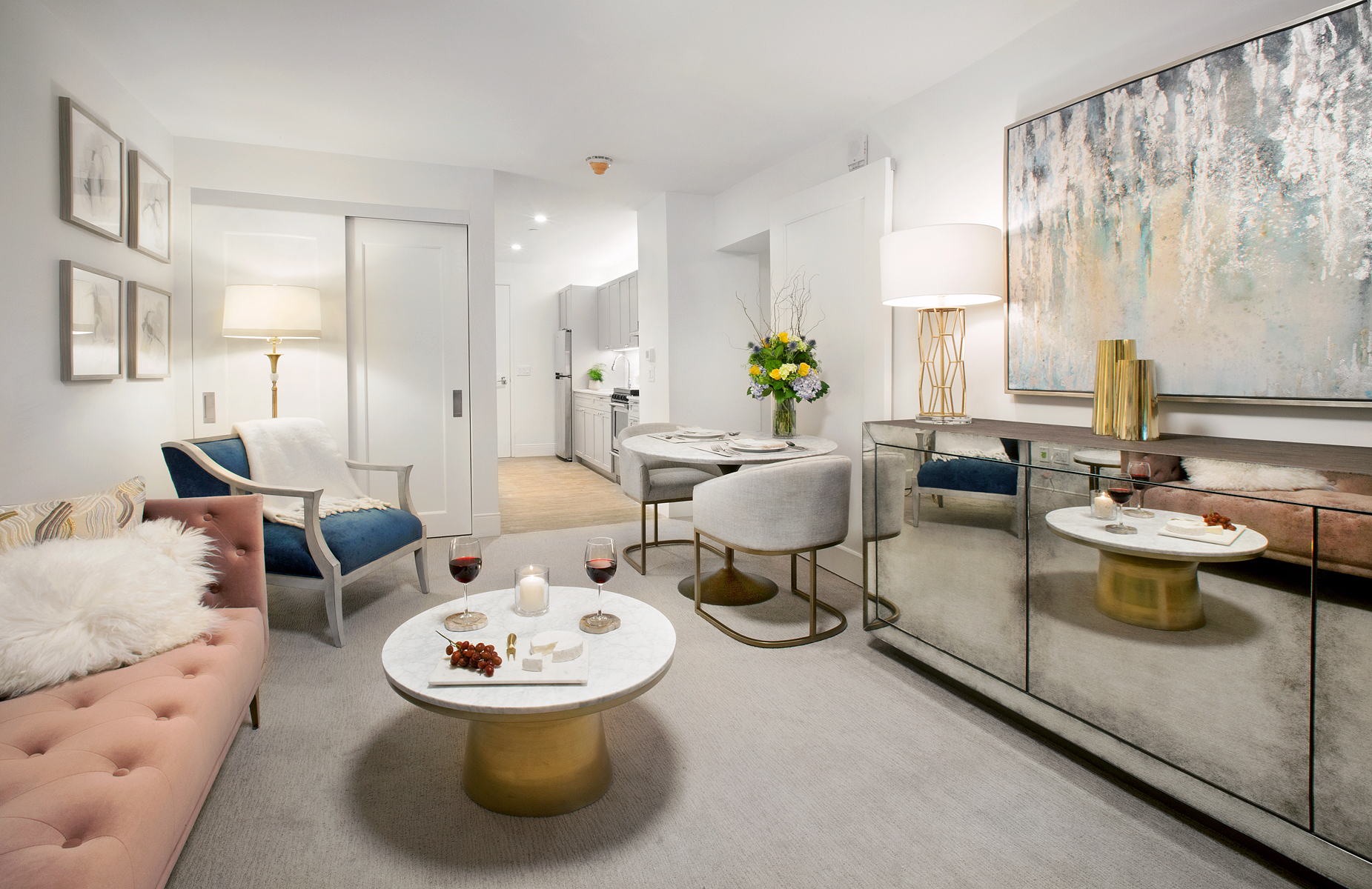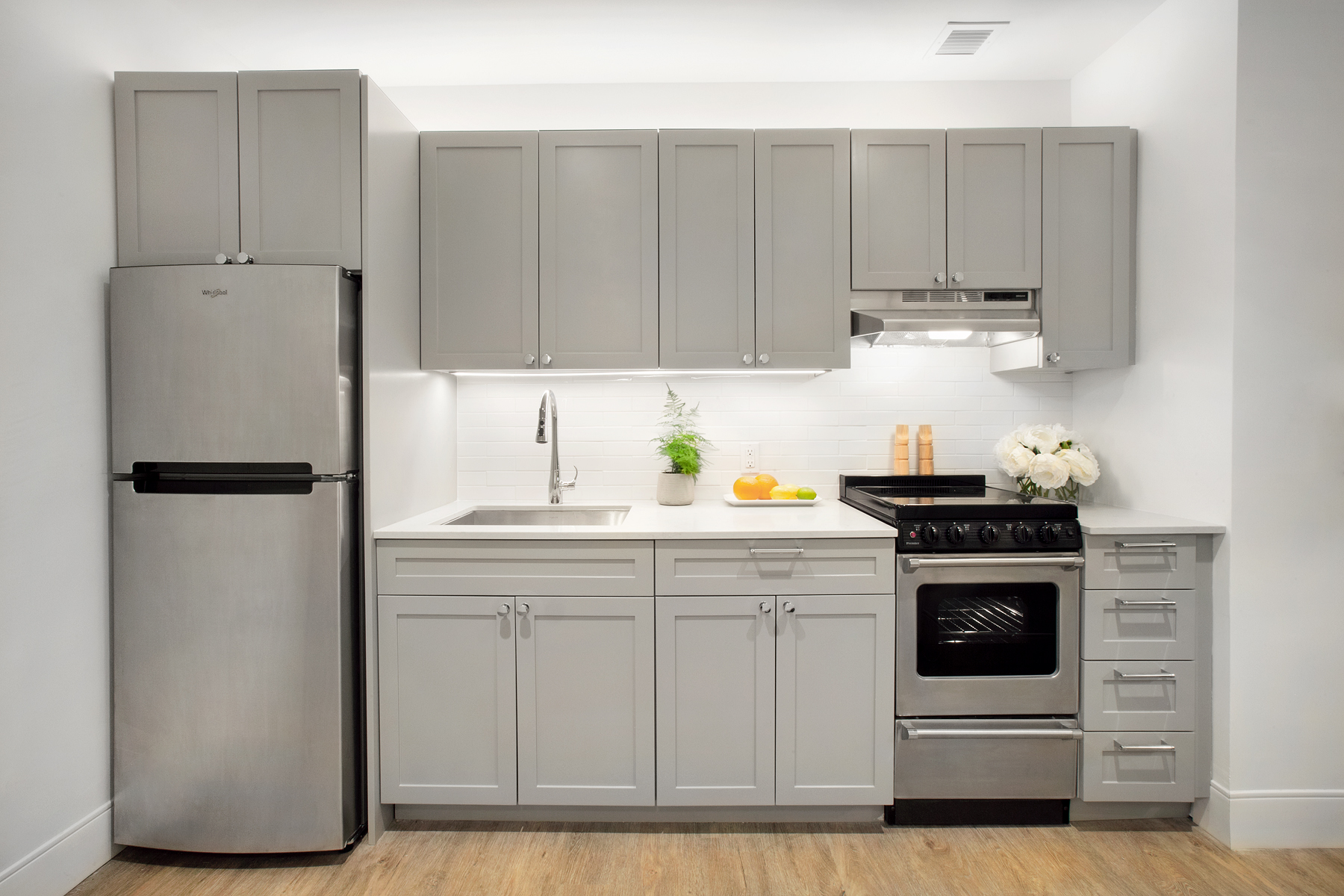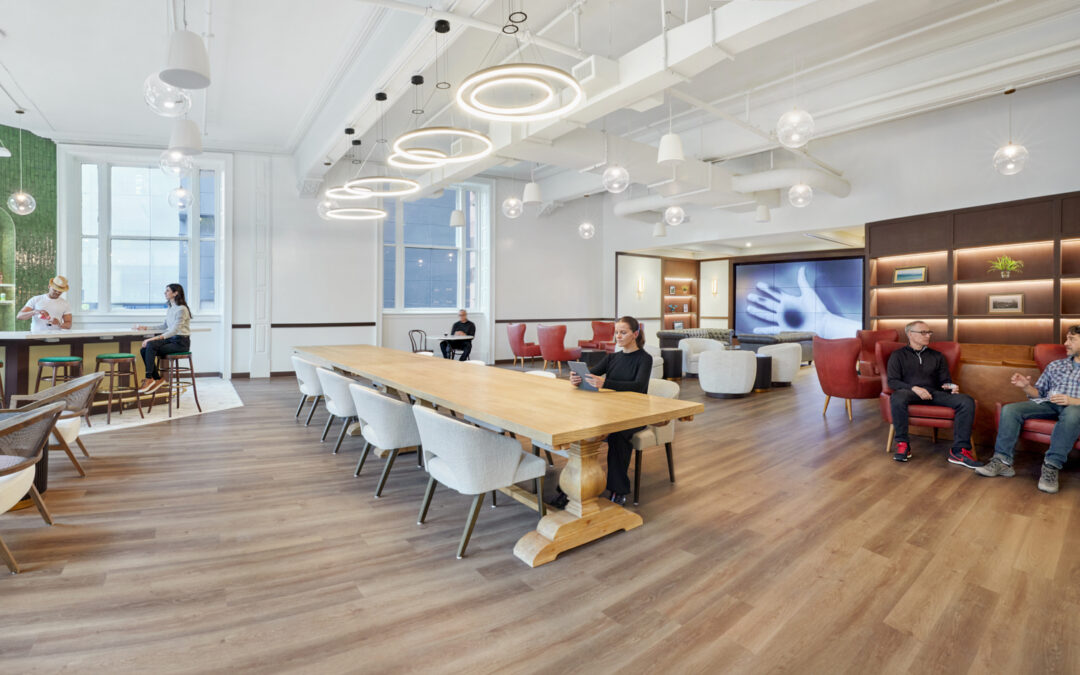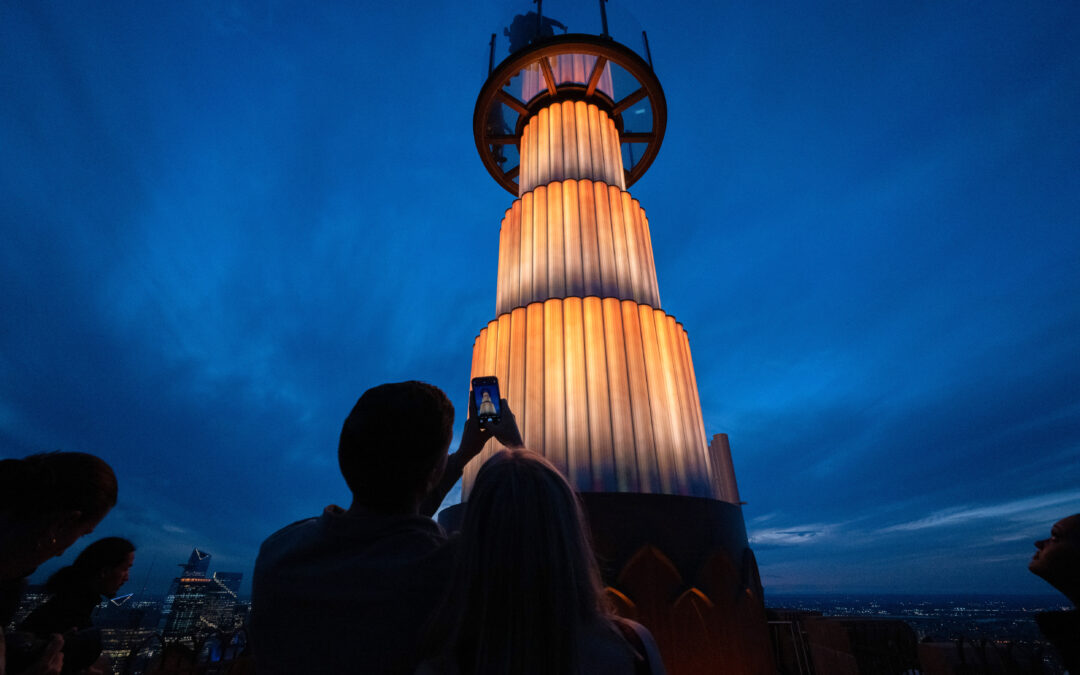Senior Housing Towers Open in Manhattan and Brooklyn
The New York Times – Several new high-end projects come to New York City, with some pandemic adjustments.
For decades, 70-year-olds in search of age-focused housing in New York were often out of luck. A lack of supply sent them to the suburbs. But now as land prices dip and demand ticks up, developers are adding buildings in prime New York neighborhoods for the post-retirement set.
They’re arriving at a difficult time, as the devastation wrought by Covid-19 has made some leery of group living. Yet as the senior population swells, analysts and developers believe the sector is poised to grow, as others seek ways to avoid isolation.
“The next year or two will be challenging,” said Lukas Hartwich, a senior analyst for Green Street Advisors, an analytics firm. “But the long-term viability of senior housing is still intact.”
At least four major new projects, located on Manhattan’s East Side and in Brooklyn Heights, are currently welcoming residents or will start to over the next several months. The projects, — which have different age requirements but generally cater to people in their 70s and 80s — come after more than a decade when very little like this has been built in the city.
The housing is also much fancier and more expensive than what came before, with private apartments, stylish amenities like wine cellars, and multiple places to eat. The developers, which include national firms new to New York, appear to be betting that older New Yorkers will be willing to reach deep into their pockets to live near their children, a trend seen in other markets.
Not unlike condos and rentals before them, the new projects seem to be turning to luxury finishes and resort-style amenities to out-hustle the competition.
Inspir Carnegie Hill, a 24-story, 215-unit tower on the Upper East Side, has 50,000 square feet of exercise and entertainment options.
Included are a 24-seat movie theater, a wine cellar and three restaurants, including a ground-floor version whose moody lighting and plant-filled courtyard niche could almost be considered hip. More greenery turns up inside a soaring atrium on the 16th floor where modern couches sit by tall windows, and beyond, a terrace.
The $320 million development, on East 93rd Street at Second Avenue, is to open in November, said Greg Smith, the chief executive of developer Maplewood Senior Living, which developed the project with Omega Healthcare Investors.
Like the other new projects, residents will cover rents from their own pocket without any help from insurance. At Inspir, units starting at 400 square feet will rent for $13,500 a month and up, which covers room, board and programs, though prices can ramp up based on level of nursing care. Nationally, in contrast, the average rent for senior housing is $4,200 per month, Mr. Hartwich said.
Since marketing began a year ago, Inspir has leased about a third of its units, according to Mr. Smith, though a few people who put down deposits changed their minds once the pandemic hit. Since the pandemic, Inspir has added ultraviolet-light sanitizers, installed thermal cameras to check temperatures and boosted the amount of outdoor-air flow. Also, staff members — and residents in common areas — must be masked.
Overall, about one percent of the tenants in Maplewood’s 14 communities, which span five states, died from Covid-19, according to Mr. Smith, who noted that number might have been higher had staff members not started wearing personal protective equipment in February.
Still, the health crisis has seemed to lead to a newfound appreciation for the type of camaraderie senior housing can offer to people who might otherwise live alone. “There’s a completely different perspective now among family members. They’re saying, ‘I know what my parents go through with social isolation, because I’ve had to do it, too,’” Mr. Smith said.
Condo-style extras are also a selling point at the Watermark at Brooklyn Heights, a 275-unit property at 21 Clark Street that opened in early October.
Included in the facility’s 50,000 square feet of amenities are three restaurants, an art gallery and a pool, plus a skyline-gazing deck that sweeps across the roof of the building, the former Leverich Towers Hotel.
A blocklong Romanesque hulk that most recently served as a dormitory for the Jehovah’s Witnesses organization, the 1928 building, known for its four castle-like roof towers, was designed by Starrett and Van Vleck, the architectural firm behind Bloomingdale’s and other department stores.
The brick facade of the 16-story building has had landmark protection since the 1960s, so it hasn’t changed much. But few original details survived inside, according to Watermark Retirement Communities, a national firm that codeveloped the property with Kayne Anderson Real Estate and Tishman Speyer. In 2017, the developers paid $203 million for the building.
Watermark has restored a ballroom that the Jehovah’s Witnesses had partitioned into offices, to allow it to become the W Room, one of the complex’s restaurants. Lining its balcony is the art gallery, whose first show will be “Brooklyn Collected: Artists Next Door.”
Watermark has spent $2 million on personal protective equipment for staff members at some of its 62 complexes, which are found in 21 states, according to David Barnes, the company’s president. His mother lives in a Watermark property, though he hasn’t been able to visit her since March. “We are really pretty confident in our ability to create safe environments” Mr. Barnes said.
Of the 55 or so units leased so far in Brooklyn, no one has yet backed out, though not all tenants plan on moving in immediately.
The pandemic also delayed construction, pushing back the opening of the $330 million redevelopment from last spring to now. David Freshwater, Watermark’s chairman, said he shopped for two decades for a site in New York and watched as condo developers snapped up most of them.
New York needs senior housing, as it lags far behind other major cities, Mr. Freshwater said. The supply of senior housing relative to the number of seniors in New York is less than five percent, according to the National Investment Center for Seniors Housing and Care, a nonprofit that tracks the sector. In comparison, San Francisco’s rate is about nine percent, while Chicago’s is 12, according to the National Investment Center; Atlanta clocks in at nearly 15 percent. (The center, which does not include nursing homes in its totals, defines seniors as being 75 and older, and these percentages cover the greater metropolitan areas of each city.)
The supply hasn’t really budged in New York City for years. Manhattan did not add a single new unit of senior housing between 2005 and 2017, according to the center. And the other boroughs saw just a smattering of new units over the same period.
An elevated experience is also being touted by Bristal at York Avenue, a 14-story, 132-unit property at East 86th Street that is currently under construction. Each residential floor of the tower, which is being developed by Engel Burman, a Long Island-based firm, offers a shared living room with a gas fireplace. And the penthouse level has an amenity area with a piano lounge, hair salon and gym. An April opening is planned.
Luxury is also on the mind of Sunrise at East 56th, a 17-story, 151-unit property at Lexington Avenue specializing in assisted care, from Welltower, a real estate investment trust, and Hines, a national developer. Its operator will be Sunrise Senior Living, which has properties in Brooklyn and Staten Island.
Complementing one- and two-bedroom units will be an art studio, theater and hair salon, plus three upper-story terraces. The building, which is to open this fall, began marketing a year ago, with rents starting at $13,750 a month.
Fears about infection in group housing are understandable. In New York State, long-term care facilities for older adults, which includes senior communities and nursing homes, accounted for 6,651 deaths, or 20 percent of the state’s total, as of Sept. 16. Meanwhile, New Jersey had 6,873 nursing-home deaths, for 43 percent of its total, while Connecticut had 3,280 for 73 percent.
But post-pandemic, there could be a much bigger audience for this type of real estate product. In 2050, 86 million people will be 65 or older in the country, according to the real estate firm CBRE, which would represent a 50 percent jump over current numbers.
“New York is probably as underserved as any place in the United States,” including rural regions, said David Schless, the president of the American Seniors Housing Association, a trade group. “So having more options for older adults is a really positive development.”
Source: The New York Times / Photo Credit: Interiors by Ola Wilk/Wilk Marketing Communications / Exterior: Watermark Retirement Communities




Commercial to Residential Property Conversion in New York City: Financial and Design Feasibility Overview
Commercial tenants currently only use approximately 50% of their offices. Companies are either shrinking their space or not renewing their leases. To make matters worse, prior to the pandemic, many owners of older, mortgage-free office buildings took out loans...

MDA is One of the Nation’s Largest Workplace Interior Architecture Firms
Montroy DeMarco Architecture LLP is one of the Nation's Largest Workplace Interior and Interior Fitout Architecture and Architecture Engineering (AE) Firms! Check out Building Design+Construction Magazine's Annual 2024 Giants 400 Report....

Top of the Rock Opens 900 Ft. High Skylift Attraction
Skylift at Top of the Rock, a new attraction atop 30 Rock, elevates visitors nearly 900 feet in the air above street level for a spectacular, entirely unobstructed, 360-degree view of New York City. The design team for the Skylift included owner Tishman Speyer...
